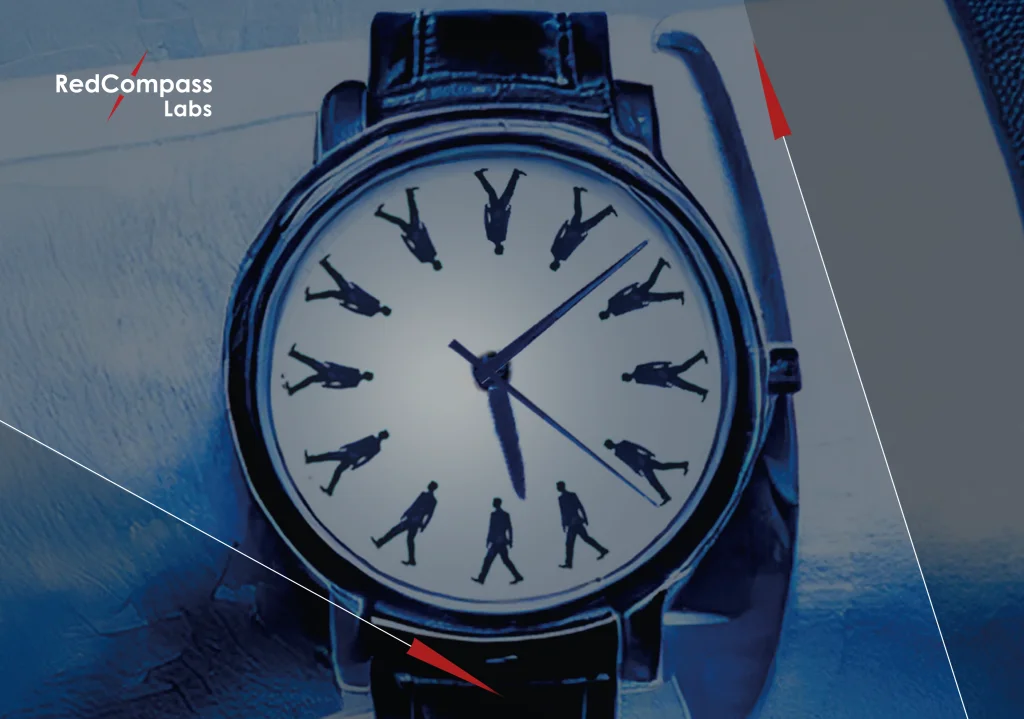In the first article we introduced the idea of a small implant acting as your bank card.
Inserted into your hand, a payment implant no bigger than a safety pin could represent a new standard for payments. Replacing a bulky wallet with one small, fully secure implant featuring a proximity payment function, combined with a full-fledged individual account with various currencies, may sound tempting at first. However, it also raises questions and doubts as to data security and ethics.
Let’s go through its undeniable benefits and potential risks.
The need for Walletmor/Always by your side
The creators of Walletmor focus on eliminating the risk of theft. According to a survey conducted in Poland, more and more people are opting for a payment implant procedure. One of the main driving forces is security.
As evidenced by the latest nationwide survey conducted by research laboratory BIOSTAT, over 72% of Poles are concerned about the possibility of their wallet (and payment cards) being stolen. Respondents were also asked if they had ever lost their wallet or payment card. It turns out that close to 40% of those questioned had misplaced one of these items. Moreover, 43.5% didn’t have their card to hand when they wanted to make a payment in the six months before the survey. Poles were also asked whether they would like to have an implant that would enable them to pay anywhere in addition to other functionalities (e.g. opening doors and storing medical data) if it was completely free. Almost half were on board with the idea.
The payment implant, unlike the traditional wallet, card, watch, or smartphone, cannot be lost or stolen. The implant is (almost literally) always at hand. Additionally, the encoded data stored on the implant cannot be copied, scanned, or installed on another device. In contrast to the traditional payment card, Walletmor does not have a CVV number or a code that a thief could use to commit fraudulent transactions online.
One may ask if it is possible to accidentally buy something by having your hand too close to a terminal or have your data stolen merely by shaking someone’s hand. According to Wojciech Paprota, Walletmor’s CEO, both scenarios are impossible. The reason is that the implant is a passive device that does not have any internal source of energy, so the only option to get money from the implant is to place it very close to an NFC reader such as a payment terminal. This is why implants in another person’s hand are just not capable of processing information during a handshake. Again, it is because you need to put the implant in a precisely defined spot on a terminal; otherwise, the connection will not be established.
The next step on the cashless trajectory
According to UK Finance, in 2020 the number of contactless payments made in the UK increased by 12% to 9.6 billion. Over a quarter (27%) of all UK payments were contactless. Eighty-three percent of people in the UK now use contactless payments, with no age group or region falling below 75%. There are over 135 million proximity cards in circulation, which accounts for 88% of debit cards and 81% of credit cards. Since society is becoming increasingly cashless and, at the same time, less and less concerned about using contactless payment methods, it seems that Walletmor’s product may find its place in the market. The brand has been present for over a year and the company’s press office claims that they have sold over 1,000 implants across the world, mostly in Europe. However, the United States, too, is a rising market. Not limiting itself to only the West, Walletmor has plans to expand into Middle Eastern countries.
Potential users
What is the target group for the implant? A 2021 survey conducted as part of the European Payments Landscape 2030 report found that 51% of consumers in Europe would consider having a payment microchip implanted in their hand if it met certain criteria, particularly around safety and privacy issues. The survey also revealed that the most positive reactions to the technology were from respondents between 18 and 24 years of age. This may lead to the conclusion that the new wave of contactless payments will be spearheaded by Generation Z, typically defined as people born from 1997 to 2012, who have grown up with access to the internet and portable digital technology from an early age.
Yet it seems that the idea does not appeal to everyone. So why is Walletmor’s microchip facing a mixed reaction both among young and mature people?
Big tech, small trust
A poll conducted in November 2021 by Washington Post found that 79% of Americans believe that big tech companies abuse information on the individuals that use their platforms. People tend to believe that their data are used and manipulated without their authorisation. This will make it hard to convince the doubters to go to their local doctor and get a chip inserted into their bodies.
It will be even more difficult if the future brings more advanced implants filled with more personal data. In fact, this is one of Walletmor’s long-term goals. “On top of this, we want to enable additional functions. For example, we want it to work with electronic locks in homes and hotel room cards, we want to be able to encode public transport tickets on it, and we want to be able to enter data from our business cards onto it,” the press office said. The company also wants its implant to store medical data on allergens and diseases.
The advantages of this improvement are clear: you can allow your doctor insights into your health record and allergies, for example. But there is also a dark side to the technology that has the potential for abuse. Who owns the data? Who has access? The constantly evolving solution may open new vistas for control, manipulation and oppression to people with no love of individual freedom.
Conspiracy theories cast doubts
What is certainly unbeneficial are rumours spread on the internet. It was said that the Covid-19 vaccine contained a microchip that could be used to monitor people’s actions. It spread like wildfire and put into doubt the popularity of a mass-produced microchip. Walletmor must have been aware of the difficulty of convincing people to get a chip implanted into their hand when it started operating in 2021.
It will take some time for microchips like this to become mainstream. First, there must be more trust in the companies developing them, and there needs to be reassurance that an individual’s privacy will be respected. However, we need to bear in mind that not so long ago, people didn’t think that using a card, or even their smartphones and smartwatches, would be possible. Perhaps one day, paying for a coffee or a drink by hovering your palm over the terminal will be as normal as paying with a plastic card today.
Share this post
Written by
RedCompass Labs






